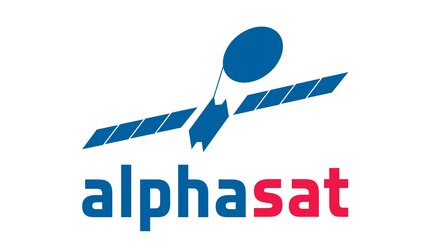Advanced Star Tracker
The Startracker is one of four Technology Demonstration Payloads carried by Alphasat. Startrackers are critical sensors for controlling a satellite’s attitude, and this payload has an active pixel detector that is providing early flight heritage for a new product.
Recording the stars
The tracker, or TDP 6, is capable of accurate and autonomous attitude acquisition. It is highly resilient to the radiation in geostationary orbit, as well as being compact, lightweight, low-power and housed in a single box. These are all important features for hosted payloads that must provide as little interference with the host satellite's main mission as possible. Alphasat's startracker was developed by German national space agency DLR and German company Jena-Optronik.
Interpreting light

Startrackers determine the location and attitude of a satellite by analysing the placement of the surrounding stars relative to the payload. It can withstand temperatures as low as ‑30°C and as high as 60°C while remaining fully operational, and comes complete with a catalogue of over 3000 stars for guiding purposes. It is the first launch of the new active pixel detector system, called ASTRO APS. ASTRO APS is the most advanced radiation-resistant detection technology for long-term missions currently available. Once the new technology has been verified in space and proven to function while in orbit, it will be provided to future missions for even more accurate measurements.
The star tracker also works in tandem with TDP 1, the Optical Communication Terminal. It improves the accuracy of the laser beams by providing the terminal with attitude data, enabling it to connect with LEO satellites.















 Germany
Germany
 Austria
Austria
 Belgium
Belgium
 Denmark
Denmark
 Spain
Spain
 Estonia
Estonia
 Finland
Finland
 France
France
 Greece
Greece
 Hungary
Hungary
 Ireland
Ireland
 Italy
Italy
 Luxembourg
Luxembourg
 Norway
Norway
 The Netherlands
The Netherlands
 Poland
Poland
 Portugal
Portugal
 Czechia
Czechia
 Romania
Romania
 United Kingdom
United Kingdom
 Slovenia
Slovenia
 Sweden
Sweden
 Switzerland
Switzerland


























